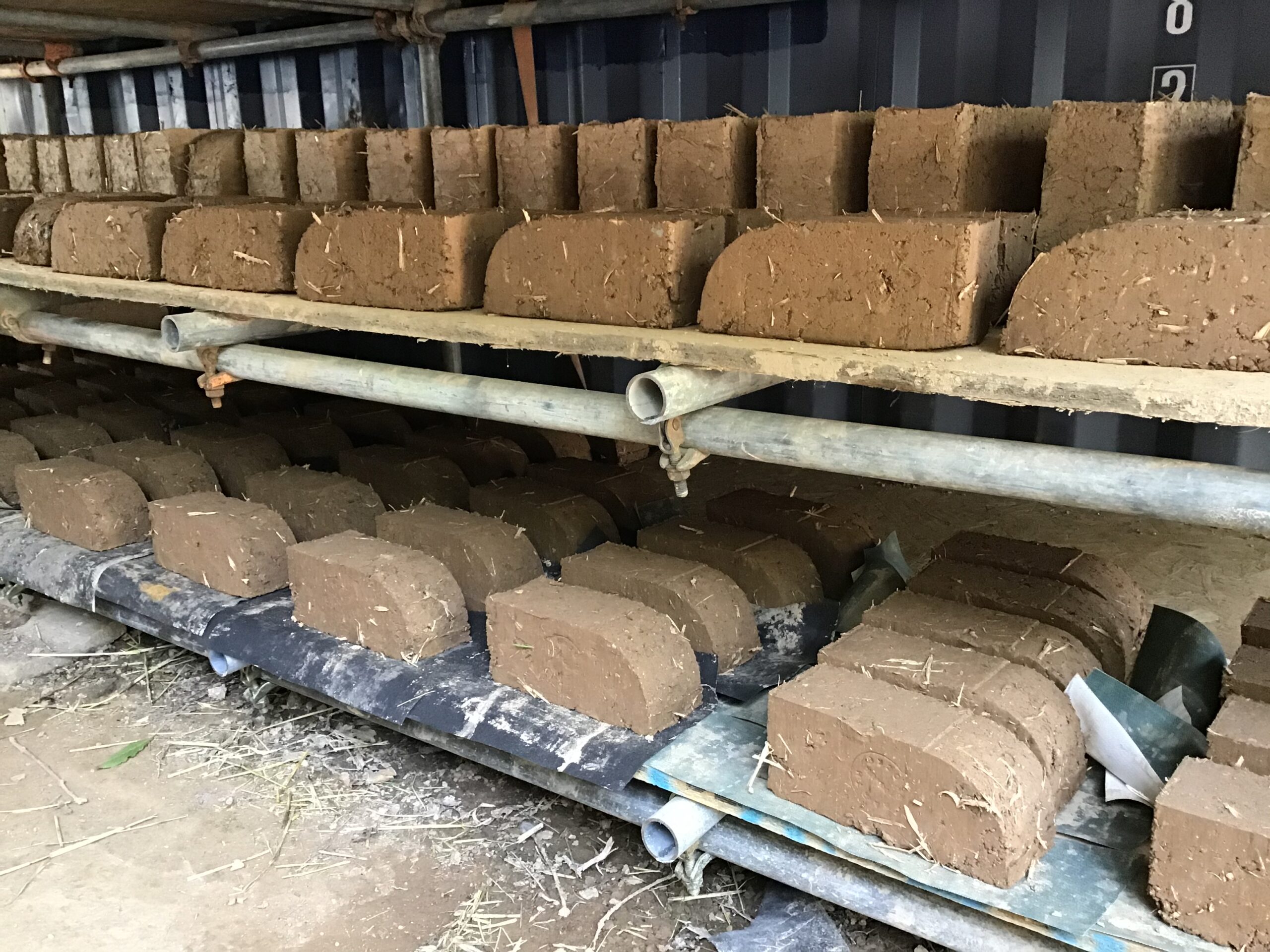
Aug
Cob wall repairs in Cornwall
Cob repairs may be required for many reasons; erosion from the weather, abrasion caused by human or livestock activity and rodent or masonry bee damage. Significant harm to cob walling in Cornwall can also be related to intrusive or on-lying vegetation. Whichever the offender, most repairs are carried out using pre-formed cob blocks, cob bricks or cob tiles. In some cases, most notably rodent damage or ‘rat-runs’ a suitable and appropriate grouting mixture should be introduced. The correct use of all or any of these materials should ensure for a satisfactory repair.
For all your cob repair requirements or queries, please visit our cob specialist contact details page.
Why do some cob walls in Cornwall fail?
A considerably large number of Cornish dwellings, farmsteads and boundary walls are constructed from cob or part cob and stone. Admittedly, some are not always easy to recognise and many, for the general observer may go undetected for a lifetime or more. On the whole though, most guardians of these structures are aware of the presence of cob and it is reassuring that there is an upturn in trend for custodians to seek specialist advice when something goes wrong. This may be the case now however, but we must consider the implications and sometimes sour consequences of previous attempts at cob repairs to walls in Cornwall that may have been undertaken with unfamiliarity and/or inexperience.
Most frequently, cob wall failings can be attributed to the use of inappropriate materials such as cementitious products and/or silicone-based waterproofing systems. The introduction or application of these impermeable materials are proven to be detrimental to historic substrates and fundamental in preventing crucial breathability to old, solid walling……..a wet cob wall is ineffectual (see Damp Limitation). Cob wall failures also occur whereby the actual cob isn’t the problem. A common example is roof collapse. Structural timbers that assist in distributing roof loads may have suffered from rot or fatigue, weakening them from purpose and eventually ‘pushing’ the cob walling outwards. Finally, we mustn’t discount neglect. An unhealthy quantity of cob walls lay abandoned or forgotten about in Cornwall and are generally [un]recognisable by the vast amounts of vegetation growing over them. It’s conclusive that bare cob will tolerate a certain measure of rain, however, intrusive (and destructive) foliage such as ivy, will devastate the wall. So, these are a few commonplace reasons for cob wall failures in Cornwall, however there are many other contributory factors that can and do affect or influence the wellbeing of our cob walls.




